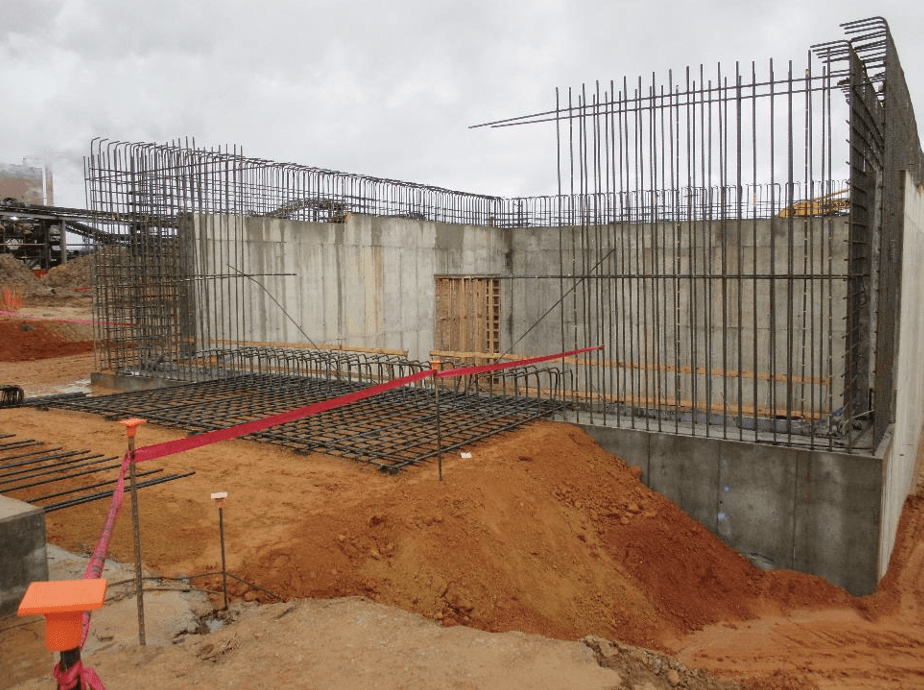Experienced Geotechnical Geologist for In-Depth Ground Investigations
Experienced Geotechnical Geologist for In-Depth Ground Investigations
Blog Article
How Consulting Engineers Enhance Geotechnical Engineering Projects: Insights Into Their Competence, Methods, and Collaborative Approaches
Consulting designers are essential in improving geotechnical design tasks, applying their specialized understanding to navigate the complexities of subsurface conditions. Their joint strategies foster interaction amongst varied project stakeholders, eventually forming the job's trajectory.
Role of Consulting Engineers
The knowledge of getting in touch with engineers in geotechnical design is essential to the successful execution of building and construction tasks. These professionals play an essential function in assessing dirt and rock properties, which are essential variables influencing layout and building decisions. By conducting detailed website examinations, consulting designers gather necessary information that educates the design procedure, making certain tasks are improved secure and suitable ground.
Consulting engineers also provide invaluable understandings into risk monitoring (geotechnical geologist). They recognize potential geotechnical dangers, such as landslides, soil liquefaction, and negotiation concerns, allowing stakeholders to apply reliable mitigation methods. Their knowledge help in enhancing foundation designs, which can result in considerable expense savings and improved safety and security
In addition, getting in touch with engineers act as a crucial link in between project owners, engineers, and professionals. Their capacity to equate intricate geotechnical information into actionable suggestions cultivates partnership and facilitates educated decision-making throughout the project lifecycle. This multidisciplinary technique not just boosts task effectiveness however also guarantees conformity with regulative criteria and finest methods.
Key Methodologies in Geotechnical Design

One primary method is website investigation, which includes carrying out area tests and research laboratory analyses to gather data on subsurface conditions. Techniques such as Criterion Infiltration Screening (SPT) and Cone Penetration Testing (CPT) are commonly used to examine dirt stratigraphy and toughness. Furthermore, geophysical methods, consisting of seismic and electric resistivity surveys, give non-invasive methods to evaluate subsurface characteristics.
An additional important method is mathematical modeling, which allows designers to mimic various scenarios and anticipate just how soil-structure interactions will behave under different loading conditions. Limited Aspect Evaluation (FEA) is a common strategy utilized in this context.
Furthermore, the layout of foundations, preserving structures, and earthworks relies heavily on these techniques - geotechnical geologist. By integrating innovative logical devices with field data, getting in touch with engineers can create tailored services that resolve particular project obstacles, ultimately adding to the security and security of construction jobs
Importance of Soil Evaluation
Soil analysis serves as a fundamental element in geotechnical design, offering essential insights right into the physical and chemical buildings of dirt necessary for efficient building preparation. Recognizing dirt characteristics is essential for determining its load-bearing capacity, go to website drainage behavior, and possibility for settlement or instability. Thorough dirt examinations, including sampling and research laboratory testing, aid determine criteria such as soil type, moisture web content, thickness, and shear stamina.
These evaluations educate the choice of ideal building and construction techniques and Learn More products, ultimately influencing job security and long life. For circumstances, cohesive soils might call for various structure designs compared to granular soils, necessitating customized design options. Soil evaluation aids in identifying pollutants that could pose dangers to human wellness or the setting, allowing for the growth of reduction approaches.
Integrating soil evaluation into the onset of project development aids to minimize unexpected challenges, making sure that engineers can expect and address prospective issues before they rise. By establishing a thorough understanding of the website conditions, getting in touch with designers can enhance design effectiveness and reduce costs, consequently boosting the general success of geotechnical engineering projects.
Joint Techniques in Jobs
Successful geotechnical jobs typically pivot on collective methods that combine diverse experience from different techniques. Efficient collaboration among seeking advice from engineers, geologists, environmental scientists, and construction professionals is critical for dealing with complex obstacles and enhancing task end results. By leveraging the distinct skills and knowledge of each staff member, tasks can take advantage of an all natural understanding of the website problems, regulative requirements, and design restraints.
Routine interaction and interdisciplinary meetings help with the sharing of insights and promote a culture of teamwork. These collective initiatives allow the identification of possible threats early in the job lifecycle, allowing for timely reduction strategies. Moreover, integrating feedback from stakeholders, consisting of neighborhood communities and governing companies, guarantees that all point of views are taken into consideration, improving job approval and conformity.
Additionally, the integration of innovative modern technologies, such as Geographic Information Systems (GIS) and Building Info Modeling (BIM), more boosts cooperation. These devices enable the real-time discover this sharing of information and visualization of geotechnical problems, promoting informed decision-making. Ultimately, a collective method not only simplifies task implementation however also lays the foundation for innovative options to complex geotechnical engineering obstacles.
Influence On Job Results

Consulting designers employ sophisticated methodologies such as risk evaluation and anticipating modeling, which enhance the precision of job forecasts. Their ability to incorporate cutting-edge technologies, like geotechnical instrumentation and data analytics, additionally fine-tunes the layout and construction processes. Consequently, tasks experience improved effectiveness, reduced costs, and lessened delays.
In addition, cultivating reliable communication and collaboration among employee boosts problem-solving abilities. When obstacles develop, an unified front permits speedy recognition of solutions, avoiding prospective setbacks. Ultimately, the collective efforts of consulting engineers add to better results, ensuring that jobs satisfy both regulatory standards and customer assumptions.
Final Thought

Report this page